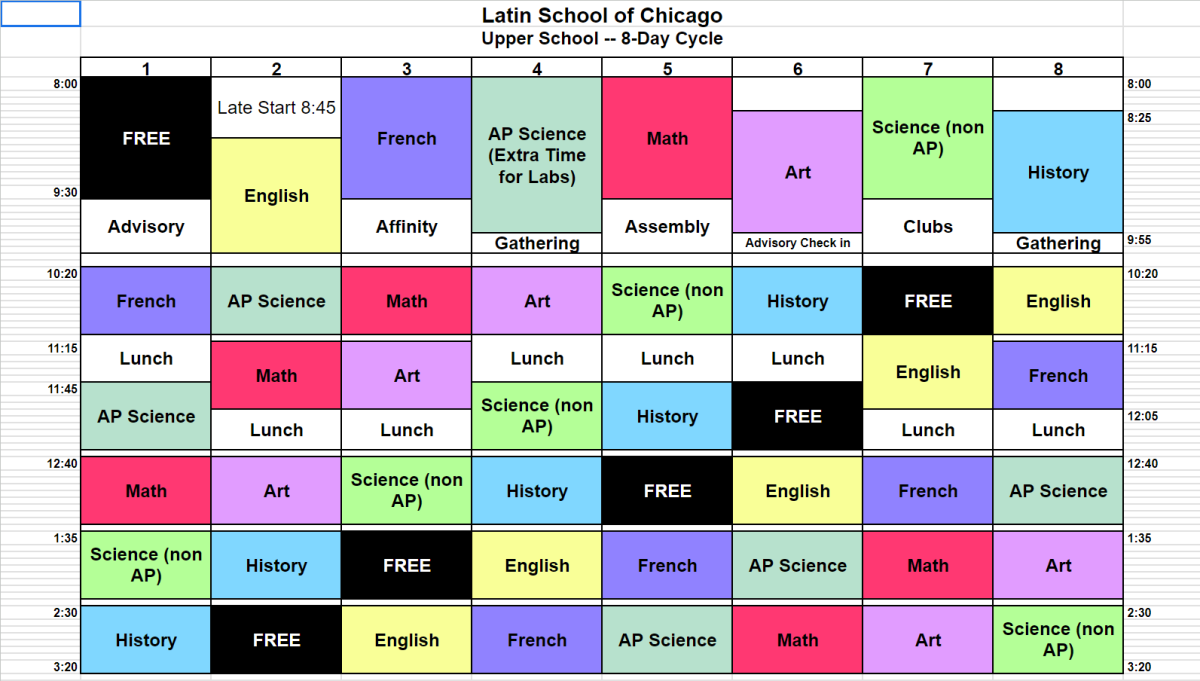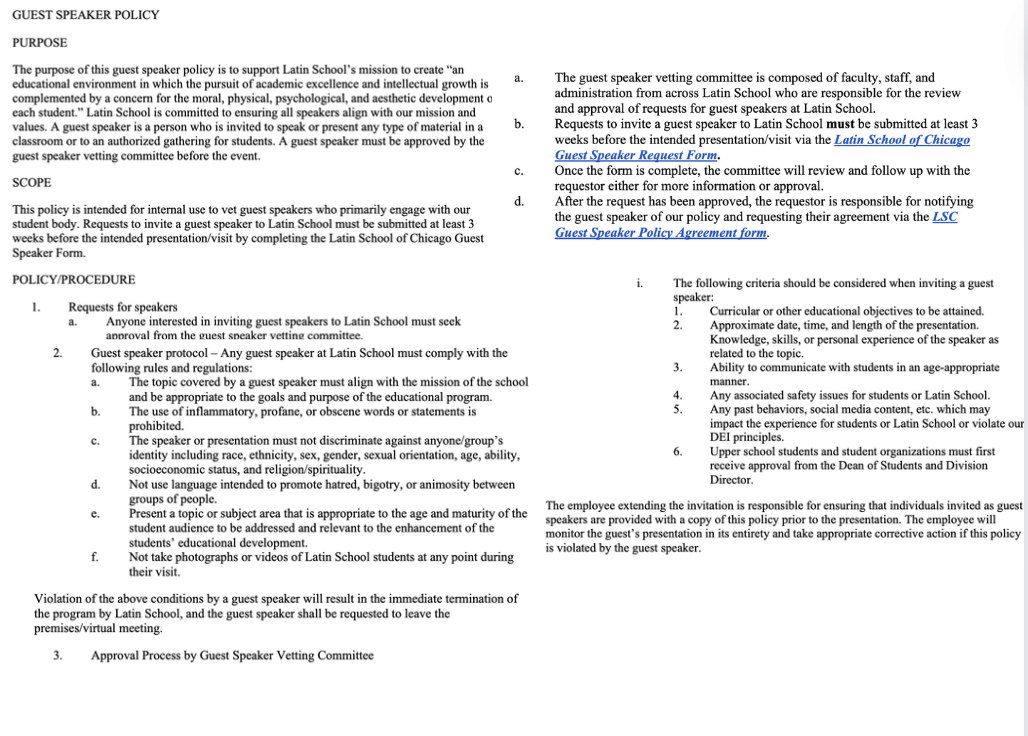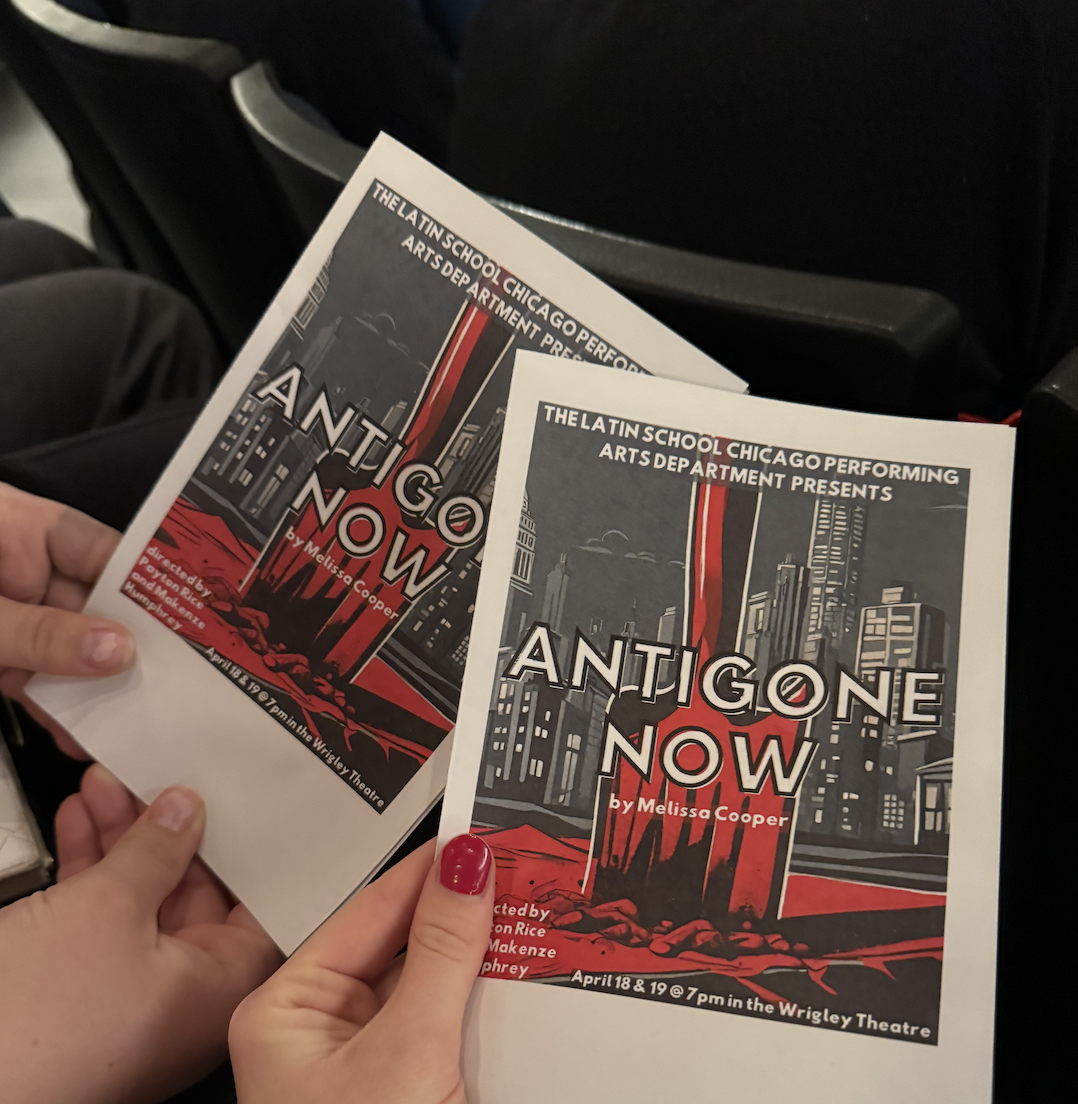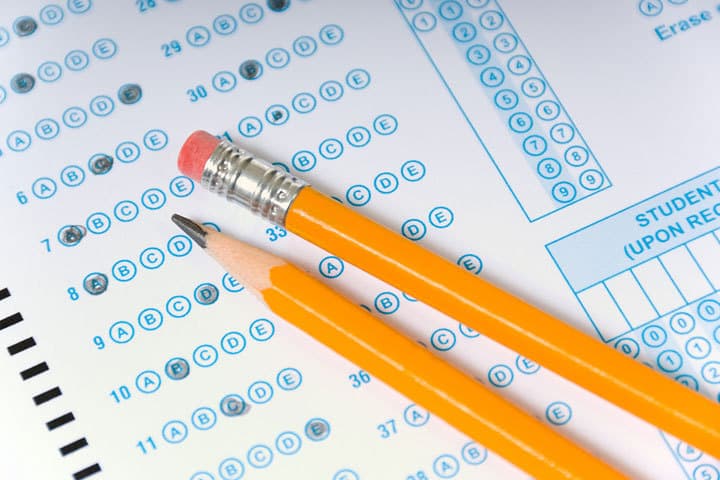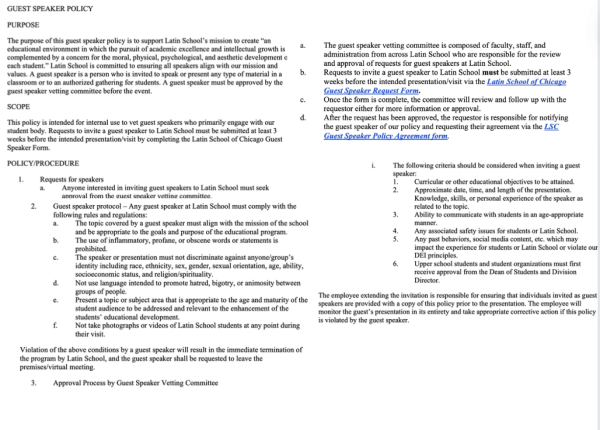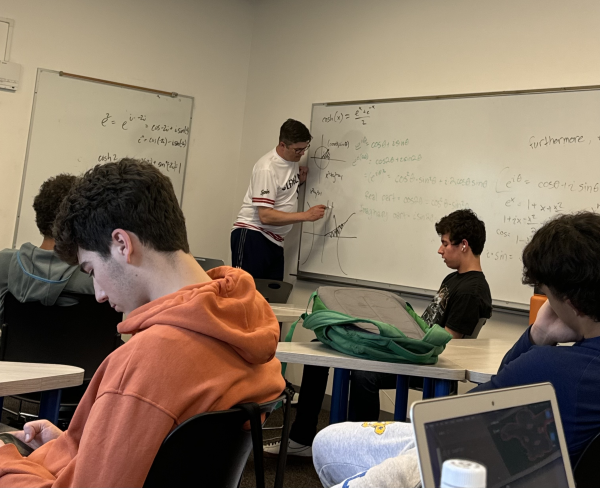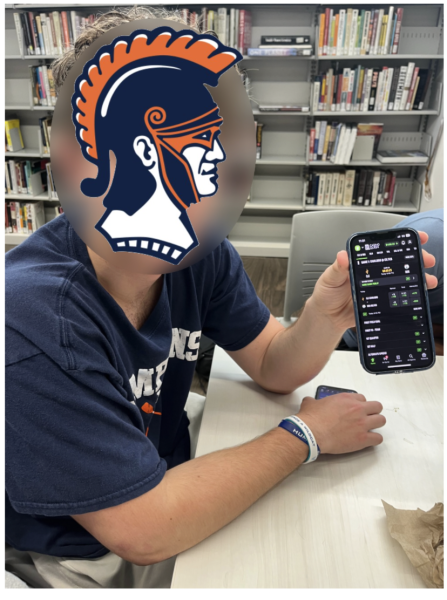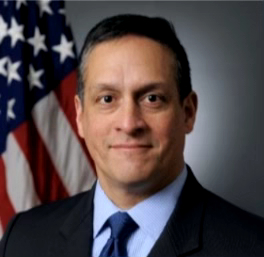How Are Teachers Administering Assessments?
With the priority of maintaining academic rigor and honesty, teachers across departments are administering assessments in various manners this semester. In some cases, on Zoom, teachers attempt to proctor students as they take assessments in a remote environment. However, others have given students “take-home assessments” where they complete tests and quizzes abiding by an honor system. By agreeing to and signing an honor pledge, students make themselves their sole proctor. Whether assessed synchronously or asynchronously, the simple expectation of practicing academic honesty remains the same.
So far, through the first nine weeks of the school year, students have taken enough assessments to form an opinion on testing in a remote environment. Junior Reed Rasmussen, a student in Chris van Benthuysen’s Honors Accelerated Precalculus class, expressed a positive sentiment about his math class, which gives students 14 hours to complete an assessment. “It’s nice to have added time because it lets me take a break to think about the problems,” he said.
Mr. van Benthuysen explained the thought process for this assessment system as an idea for students to have more freedom in order to engage in a more authentic experience with less stress. However, with an increase of freedom and time comes rigorous testing. “This system enables me to ask questions that I think are more challenging and require freer or deeper thinking from students,” Mr. van Benthuysen said.
Conversely, other math classes administer assessments on Zoom with much stricter timing restrictions. Teachers may schedule these assessments during “test blocks” before and after the school day. While students generally don’t mind synchronous assessments, some say they don’t like taking them during test blocks. “To me, it makes more sense to take tests during synchronous class time as opposed to before the day starts,” sophomore Olivia Barnes said.
On days when students receive take-home tests, many teachers assign less homework to make up for added assessment time. The Upper School administration advised departments to create common assessment calendars in an effort to balance testing with asynchronous assignments. Chemistry teacher Felix Amankona-Diawuo said, “It is important to not put a burden on students, because (we) know they have limited time in the day to complete assignments.”
Indeed, students do feel an emphasis on flexibility and awareness when it comes to the scheduling of assessments. However, scheduling them outside of the school day brings potential timing conflicts. “Sometimes, I have extracurriculars outside of school that I can’t miss because of an assessment,” said sophomore Halley Caplan. “I think that a teacher could assign an assessment during class time to prevent conflicts.”
Asynchronous assessment systems are proving to be a blessing in disguise for teachers. Similarly to Mr. van Benthuysen, Mr. Amankona-Diawuo sees the take-home test as a method of assessment that offers increased freedom. “Students who may work a bit slower now have the time to truly show what they know, which I think is important,” he said.
As testing environments become more asynchronous, students are always expected to practice academic honesty. Before each take-home test, students sign an honor pledge promising that their work is solely their own. So, the primary people responsible for holding students accountable, are themselves.

Armaan Shah (‘23) is a senior at Latin and is thrilled to be serving as an Editor-in-Chief of The Forum. He has covered a wide range of topics and encourages...



